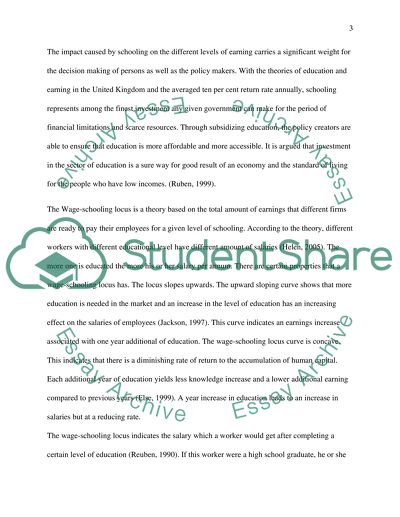Cite this document
(“Explain how schooling and earnings are related and how a Mincer Essay”, n.d.)
Explain how schooling and earnings are related and how a Mincer Essay. Retrieved from https://studentshare.org/macro-microeconomics/1468066-explain-how-schooling-and-earnings-are-related-and
Explain how schooling and earnings are related and how a Mincer Essay. Retrieved from https://studentshare.org/macro-microeconomics/1468066-explain-how-schooling-and-earnings-are-related-and
(Explain How Schooling and Earnings Are Related and How a Mincer Essay)
Explain How Schooling and Earnings Are Related and How a Mincer Essay. https://studentshare.org/macro-microeconomics/1468066-explain-how-schooling-and-earnings-are-related-and.
Explain How Schooling and Earnings Are Related and How a Mincer Essay. https://studentshare.org/macro-microeconomics/1468066-explain-how-schooling-and-earnings-are-related-and.
“Explain How Schooling and Earnings Are Related and How a Mincer Essay”, n.d. https://studentshare.org/macro-microeconomics/1468066-explain-how-schooling-and-earnings-are-related-and.


